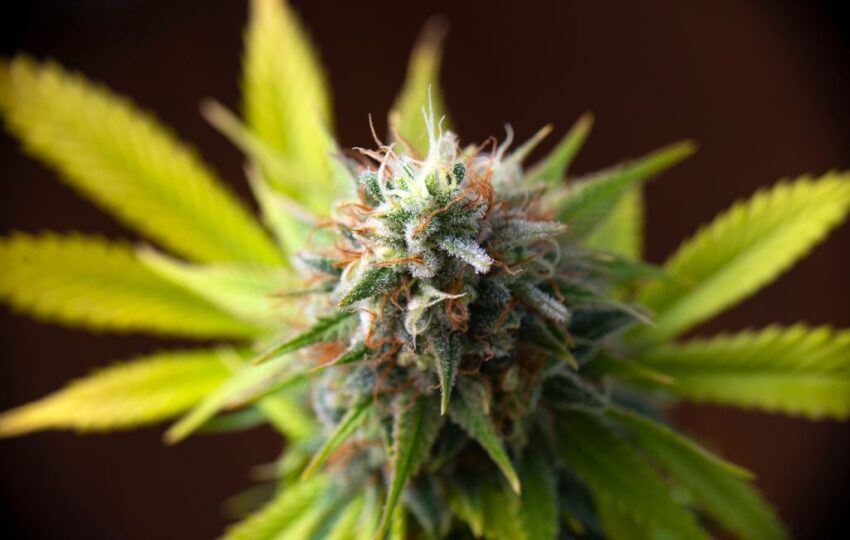The journey of cannabis from a tiny seed to a consumable product is a fascinating process that involves several stages. Each phase plays a significant role in determining the quality and potency of the final product. This article explores the weed lifecycle, providing insights into each stage and its importance in the cultivation process.
The Beginning: Seed Selection
The lifecycle of cannabis starts with the selection of seeds. Choosing the right seeds is a critical step that influences the plant’s growth and yield. Growers often select seeds based on:
- Genetic stability
- Desired strain characteristics
- Resistance to pests and diseases
High-quality seeds are typically dark brown with a glossy finish and are firm to the touch. These seeds have a higher chance of germinating and producing healthy plants.
Germination: The Spark of Life
Germination is the process where the seed begins to sprout and develop into a seedling. This stage requires a warm, moist environment to encourage the seed to break open and allow the root to emerge. Common methods for germination include:
- Paper towel method
- Direct soil planting
- Water soaking
Successful germination is indicated by the appearance of a small root, known as the radicle, which will anchor the plant into the soil.
Seedling Stage: Early Growth
Once germinated, the seedling stage begins. This phase is characterized by the development of the first set of leaves, known as cotyledons. During this time, the plant requires:
- Ample light (18-24 hours of light per day)
- Moderate humidity levels
- Proper watering to avoid over-saturation
The seedling stage lasts for about 2-3 weeks, during which the plant establishes its root system and begins to grow rapidly.
Vegetative Stage: Rapid Growth
The vegetative stage is marked by vigorous growth as the plant develops a strong stem and broad leaves. This phase is crucial for building the plant’s structure and preparing it for flowering. Key factors during this stage include:
- Increased light exposure (16-18 hours per day)
- Nutrient-rich soil or hydroponic solutions
- Regular pruning to encourage bushier growth
This stage can last anywhere from 3 to 16 weeks, depending on the strain and growing conditions.
Flowering Stage: Bud Development
The flowering stage is when the plant begins to produce buds, which are the parts of the plant that are harvested for consumption. This stage is triggered by a change in the light cycle, typically 12 hours of light and 12 hours of darkness. During flowering, growers focus on:
- Maintaining optimal temperature and humidity levels
- Providing nutrients that support bud development
- Monitoring for pests and diseases
The flowering stage can last between 6 to 12 weeks, with the exact duration depending on the strain.
Harvesting: Reaping the Rewards
Harvesting is a critical step that requires careful timing to ensure maximum potency and flavor. Indicators that a plant is ready for harvest include:
- Trichomes turning milky white or amber
- Pistils changing color from white to reddish-brown
Once harvested, the buds are trimmed and prepared for drying and curing.
Drying and Curing: Enhancing Quality
Drying and curing are essential processes that enhance the flavor, aroma, and potency of cannabis. Proper drying involves hanging the buds in a controlled environment with low humidity and good air circulation. Curing follows, where buds are stored in airtight containers to allow for the gradual breakdown of chlorophyll and other compounds. This process can take several weeks but is vital for producing high-quality cannabis.
Consumption: From Plant to Product
Once dried and cured, cannabis is ready for consumption. It can be used in various forms, including:
- Smoking (joints, pipes, bongs)
- Vaporizing
- Edibles
- Tinctures and oils
The method of consumption often depends on personal preference and desired effects.
Conclusion
The lifecycle of cannabis from seed to smoke is a complex and rewarding process. Each stage, from seed selection to consumption, plays a pivotal role in determining the quality and characteristics of the final product. Understanding this lifecycle not only enhances appreciation for the plant but also informs better cultivation practices for those involved in its growth and production.

